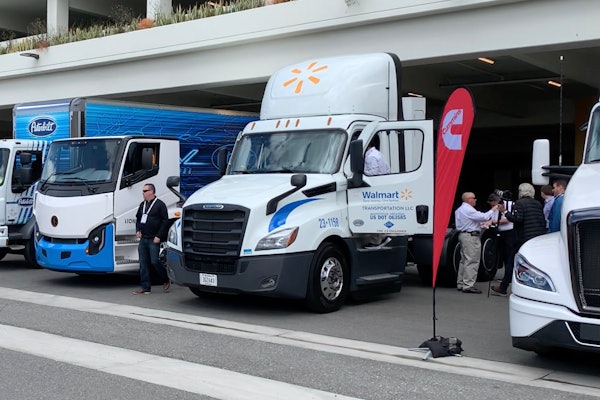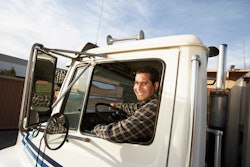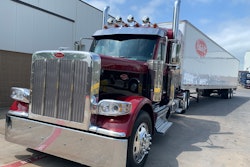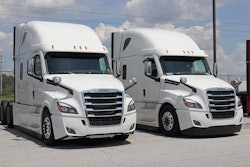The master artist and sculptor Michelangelo once said: “The greatest danger to most of us is not that our aim is too high and we miss it, but that it is too low and we reach it." While this statement can apply to many areas of life and business, it is an interesting exercise to apply this statement to highway safety.
There were 5,788 fatal accidents involving large trucks in the United States in 2021. While most of these accidents were not the fault of the large truck, some of them certainly were. So, what can the industry do to reduce these accidents? How many accidents can we eliminate? The FMCSA has set a goal of zero fatal accidents. Is that a realistic goal? In addressing these complex questions, we have to consider the trade-offs we are faced with on a daily basis.
If a safety manager’s top goal was to be the safest fleet in the world, that could easily be done. That safety manager would just need to permanently park all the trucks in the yard and nothing would ever happen. Obviously, that is not a realistic option. The nation depends on the trucking industry to move the economy. So how can we continue to effectively move the nation’s freight but, at the same time, reduce accidents? Now is a perfect time to aim higher and see exactly how much progress we can make.
Here are a couple of suggestions selected from a much larger list that we might consider:
We are fortunate to live in a time when amazing technologies are being developed for our industry. Tractors can stop without driver input to avoid or reduce the impact of rear-end accidents. Cameras can capture video in front of a tractor during an accident, or event that can be used to teach and train our drivers. Drivers can be alerted to vehicles in their blind spot to prevent sideswipe accidents. Tractor-trailer combinations can stop much faster with the use of disc brakes. Computers can limit vehicle road speed and adapt to posted speed limits. Tractors can steer themselves and stay centered in a lane as well as a human in many cases. The list goes on and on.
While all of this sounds ideal, there is a catch.
Many of these technologies are relatively expensive, and they are not perfect. Over time, costs will come down and these technologies will improve in their functional effectiveness. As an industry, each fleet can contribute by encouraging their use through testing and constructive feedback. By supporting the technologies that are most effective (and that work within our budgets), we will unquestionably make meaningful gains in highway safety. Government mandates of these technologies may eventually force acceptance, but we can be much more proactive in supporting the right technologies without being compelled. When the industry is actively driving effective innovation, bad ideas from policymakers are easier to deflect.










